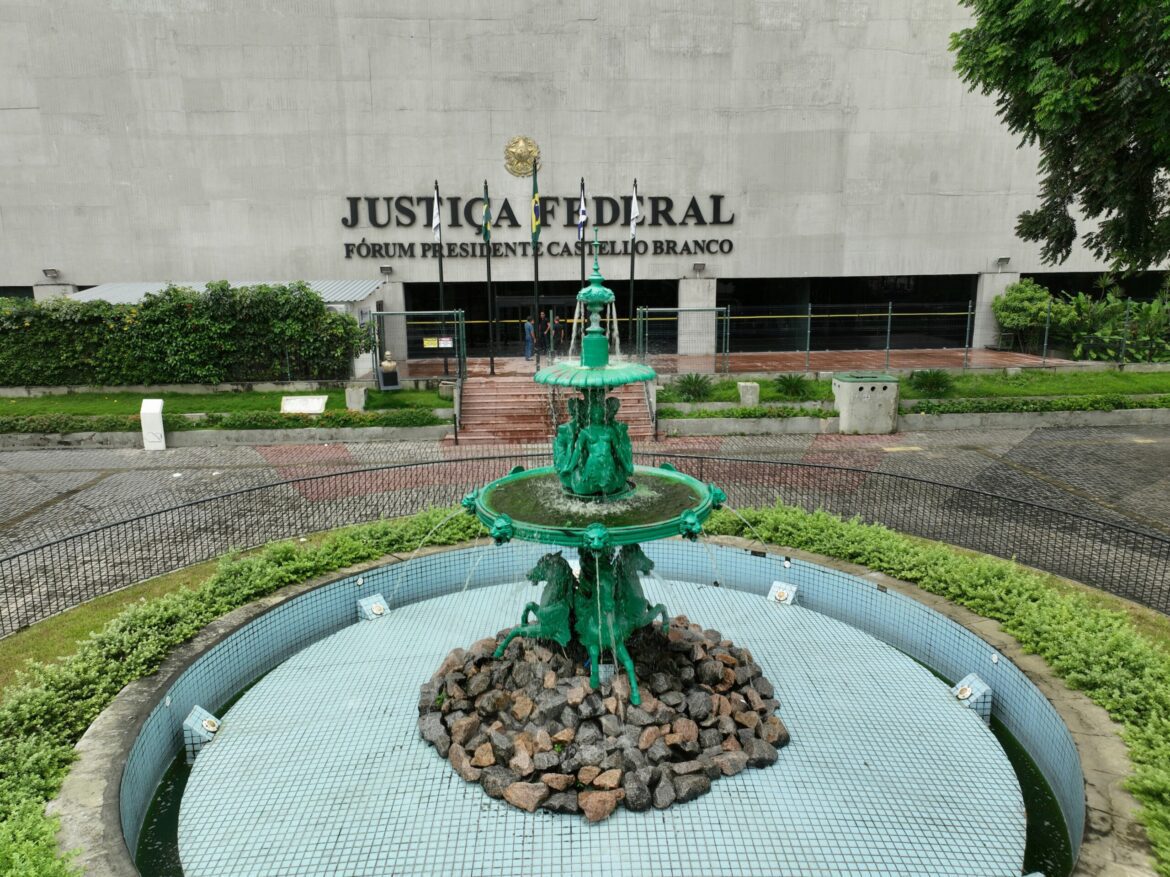Legal Setback for the Trump Administration’s Federal Workforce Reduction Plan
In a significant legal development, a federal judge in California has blocked a directive from the Trump administration that called for mass terminations of probationary federal employees. The judge ruled that the directive, which sought to reduce the size of federal agencies by firing a large number of probationary employees, exceeded the authority of the Office of Personnel Management (OPM). The ruling mandates that OPM rescind its memos that instructed federal agencies to carry out the terminations, citing the overreach of legal authority.
The Court’s Ruling and its Implications
The presiding judge made it clear that the authority to carry out such mass firings does not lie with the OPM but with the individual federal agencies themselves. In the ruling, the judge stated, “The Office of Personnel Management cannot mandate mass terminations; such authority lies with individual agencies.” This decision effectively halts the Trump administration’s broader plan to reduce the federal workforce, a key element of its efforts to streamline government operations and reduce federal spending.
The ruling is seen as a setback for the administration’s goal of downsizing the federal bureaucracy, which has been a central point of contention between the Trump administration and critics who argue that such cuts could undermine essential government services. The directive to terminate probationary employees was part of a broader push to reduce the size and cost of federal agencies, a strategy that faced significant resistance from labor groups and lawmakers.
The Trump Administration’s Efforts to Streamline the Federal Workforce
The move to reduce the federal workforce has been one of the administration’s signature proposals aimed at cutting government spending and improving efficiency within federal agencies. The Trump administration has consistently argued that the federal government is bloated, and that mass terminations would help streamline operations and reduce waste.
However, the legal challenge to this directive highlights the complexities of making such sweeping changes to federal employment practices. Critics of the plan argued that mass firings could lead to significant disruptions in government services and harm the morale of federal employees. Supporters of the directive, on the other hand, argued that it was a necessary step to improve efficiency and accountability in government operations.
Broader Implications for Government Employment Policy
The court’s decision not only blocks the Trump administration’s immediate plan to carry out mass terminations but also sets a precedent for how future administrations may approach workforce reductions within the federal government. The ruling underscores the limits of executive power in making sweeping changes to government employment policies without clear legal authority.
This decision is likely to prompt further debates on the future of the federal workforce, particularly in terms of balancing the need for efficiency and cost-cutting with the importance of protecting the rights and job security of federal employees. As the case continues to unfold, it could have lasting implications for how both federal and state agencies manage their workforces in the future.
Next Steps and Legal Developments
While the ruling effectively blocks the Trump administration’s directive for now, it remains to be seen how the government will respond. The administration could choose to appeal the decision or explore other avenues for achieving its goal of reducing the federal workforce. Given the political and legal complexities involved, the case could continue to make headlines as it works its way through the judicial system.
For now, federal employees and labor advocates are celebrating the ruling as a victory against what they view as an overreach by the executive branch. However, the broader debate over the size and efficiency of the federal government is likely to continue, with future administrations potentially revisiting the issue in different ways.
The Ongoing Debate Over Federal Workforce Downsizing
As this ruling highlights, the issue of federal workforce downsizing remains contentious. While some argue that a leaner government would be more efficient and cost-effective, others warn that such cuts could jeopardize public services and erode trust in federal institutions. The debate over how to best manage the federal workforce will likely remain a key issue in future policy discussions and legal battles.

